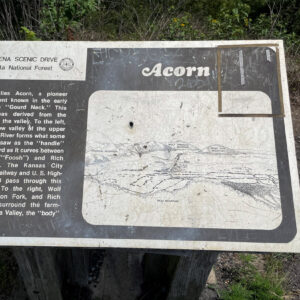 Talimena Scenic Drive Sign
Talimena Scenic Drive Sign
Entry Category: Land - Starting with T
 Talimena Scenic Drive Sign
Talimena Scenic Drive Sign
Telegraph Road (Northwestern Arkansas)
 Toad Suck Ferry Lock and Dam No. 8
Toad Suck Ferry Lock and Dam No. 8
Trammel’s Trace
 Trailways Bus Station
Trailways Bus Station
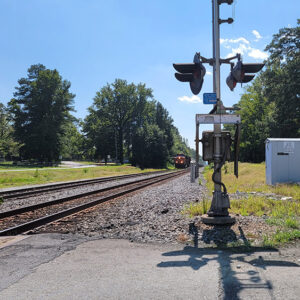 Traskwood Tracks
Traskwood Tracks
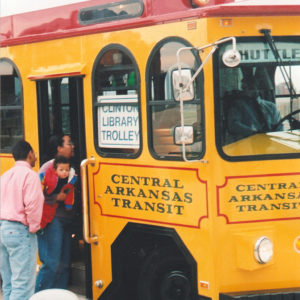 Trolley
Trolley
Trucking Industry
 Trumann Depot
Trumann Depot
 Tuckerman Depot
Tuckerman Depot
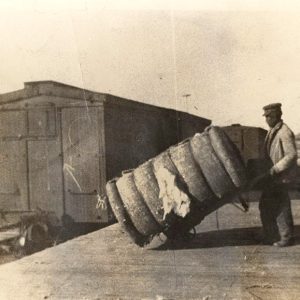 Tupelo Cotton
Tupelo Cotton
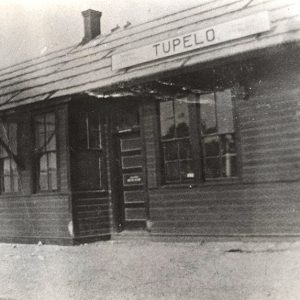 Tupelo Depot
Tupelo Depot
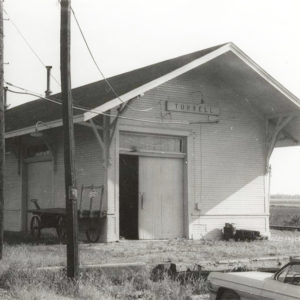 Turrell Depot
Turrell Depot
 Two Rivers Park
Two Rivers Park




